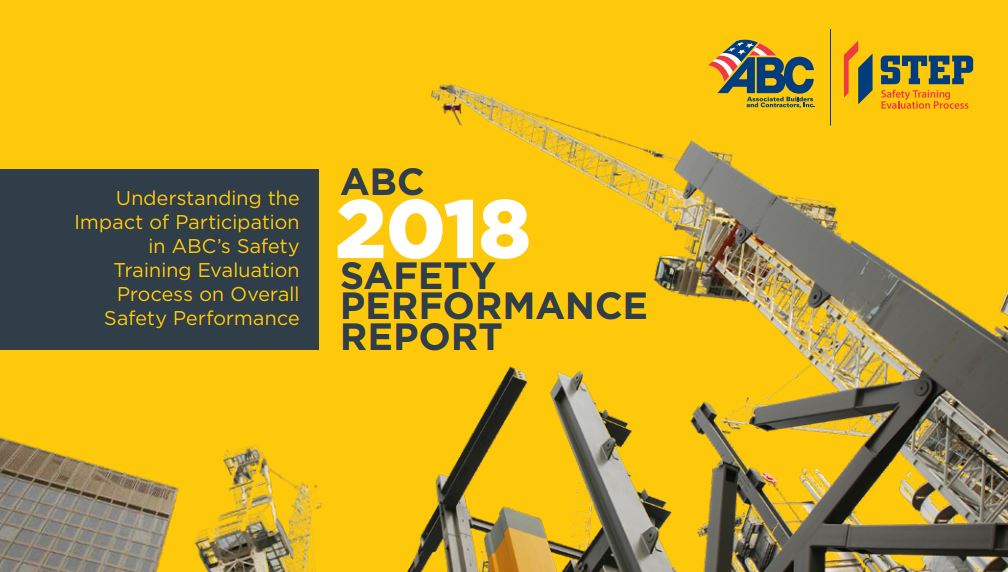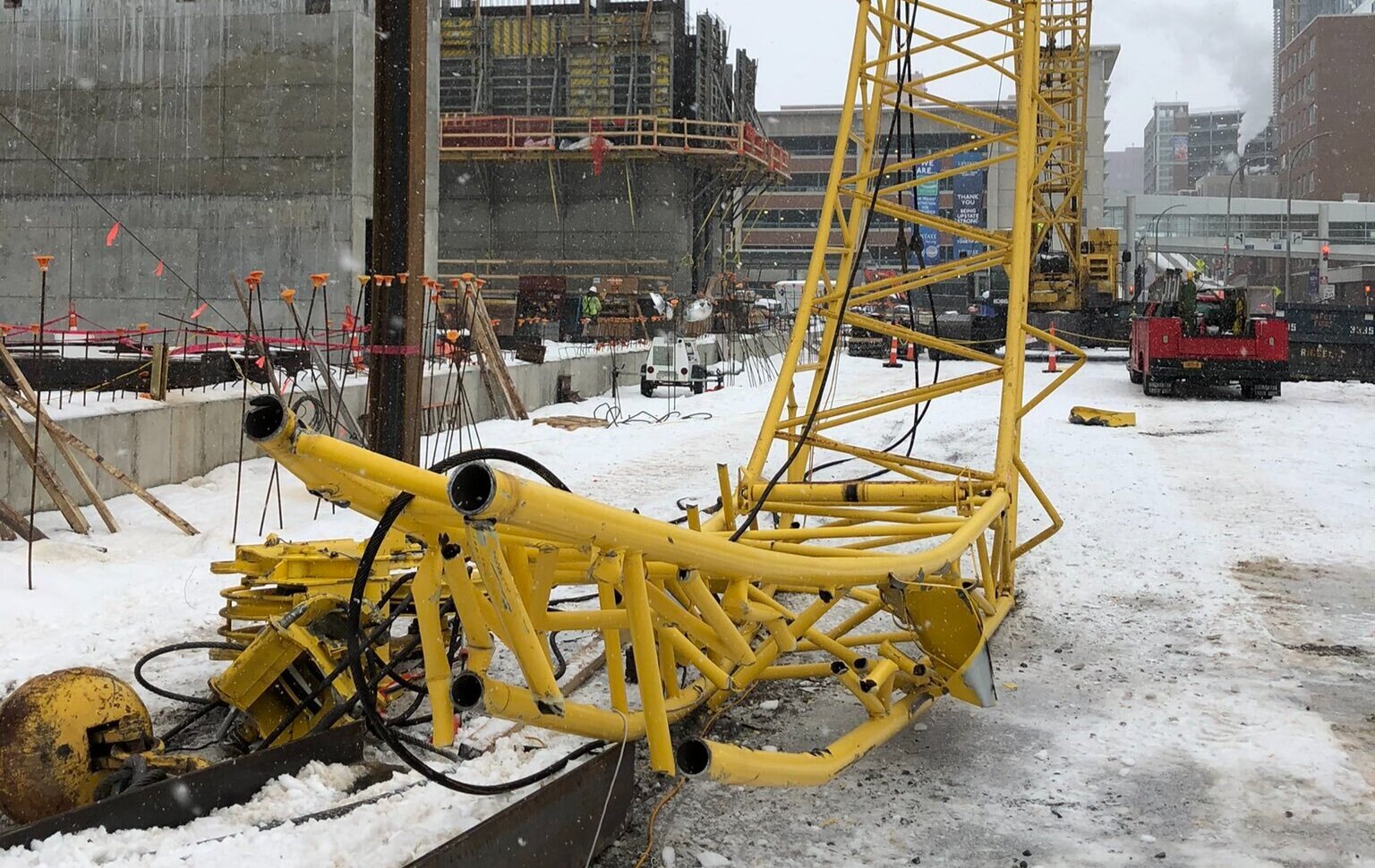ABC's 2018 Safety Performance Report
Every construction company wants to avoid workplace accidents on their jobsites. The problem is, far too many companies don’t have a structured safety program to help them achieve lower injury rates. The Associated Builders and Contractors, Inc. (ABC) recently released their 2018 Safety Performance Report, which showed how companies were achieving a 670% lower injury rate versus the national average.
ABC’s Safety Training Evaluation Program, or STEP, promises to improve safety performance through a 5 step program for construction companies large and small. In its simplest form, the safety tool requires participating companies to:
- Evaluate their current safety performance
- Track their safety performance year over year
- Implement proven, specific best practices
- Benchmark their performance with their peers
- Be a leader
The data gathered for ABC’s 2018 Safety Report was from 35 data points from STEP participants in 2017. The data was analyzed to determine the companies’ Total Recordable Incident Rate (TRIR) and Days Away Restricted or Transferred (DART). Those companies who achieved STEP Diamond status, the programs highest level, showed the best results, totaling a TRIR reduction of 85 percent over the Bureau of Labor Statistics average.
The report also highlights six core leading indicators that have the most profound effect on safety performance:
1. Substance Abuse Program
Many reports have shown that the construction industry has a higher rate of drug and alcohol abuse than other industries. The study shows that companies who have a substance abuse policy are 60 percent safer than companies who do not have one in place.
2. New Hire Safety Orientation
There are many companies that train their employees with a “trial by fire” technique. In the construction industry, that leads to bad habits and many unsafe practices. New hire orientation is the perfect time to instill your company’s safety culture into a new employee. The study claims that a proper and documented new hire orientation can reduce your injury rate by 50 percent.
3. Site-Specific Safety Orientation
I know many companies who conduct new hire orientation, but, unfortunately, there are far fewer companies that conduct site-specific orientation. No two construction projects are ever the same, so time and effort should be taken to introduce the employees to the site and the project team. “Site-specific orientations are an invaluable tool. Through the orientation, new hires meet construction managers and see firsthand our concern for their safety, which is woven into our safety culture,” explained Gordon Beaver, senior vice president of environment, health, safety and security, S & B Engineers and Constructors Ltd., Houston, STEP Diamond member.
4. Toolbox Talks
Just as site-specific orientation is important, so too is task specific safety training. The most common way to perform safety training on jobsites is through short Toolbox Talks (click here for some great tips for running an effective Toolbox Talk). The report indicates that daily toolbox talks are more effective than weekly, showing a 60% TRIR reduction in companies that perform them on a daily basis.
5. Near-miss/Near-hit Analysis
It should be obvious that performing investigations after injuries and fatalities on your jobsites is extremely important, but near-miss/near-hit hazard analyses could be crucial to reducing your injury rate. Think about it, it’s much better to analyze issues that almost caused an injury, rather than one that did, and chances are, there are a lot more near misses than actual accidents. The report states that companies who do analyze near-misses reduce their TRIR by 61 percent and DART by 63 percent.
6. Site Safety Committee
Site safety committees should be comprised of the general contractor/construction manager, site employees, subcontractors, vendors/suppliers, and the client, according to the report. The committee should also schedule regular meetings and the site supervisor should conduct frequent inspections, corrections, and learnings. This can lead to a TRIR reduction of 66 percent and a DART reduction of 69 percent.
What other best practices do you consider to have a large impact on the safety of your jobsite? Tell us in the comments below.











Last summer, Hilti announced that they had developed their first exoskeleton designed for construction tradespeople in a partnership with Ottobuck, a prosthetics, orthotics, and exoskeleton provider. Earlier this month, Hilti officially released the exoskeleton, announced more details, and published its retail price on their website.